Cortez
The American Southwest has a rich and fascinating history based on the original inhabitants of this vast arid land. Today’s Native Americans are known by their tribal names of Apache, Navajo, Hopi, Zuni and Ute, to mention a few, but some of their predecessors lived simple lives on the high plains, in the caves and in the canyons of this unforgiving land. There are many magnificent places to celebrate their history and explore their culture in the Southwest but we spent a full day at one of their best preserved and most significant historical sites – Mesa Verde National Park in south-eastern Colorado, and it was a ripper!
Mesa Verde is perched high in the mountains at over 8,000 feet and the ancient people who lived here must have been a hardy lot. They chose the area for reliable water and better soil to grow their meagre crops of corn, beans and squash but the winters must have been harsh and the mountains steep and rugged. But most remarkable feature of the latter half of their existence is that they lived high up on the sheer cliff walls in huge overhanging cliffs.
These people, once known by the more limited term as Anasazi but now referred to as Ancestral Pueblo people, began living in these mountains around 550 and expanded their communities in a peaceful and collaborative way until well into the 13th century. They originally lived in shelters that were partly dug into the ground but later matured into above ground structures before moving into their most famous and spectacular homes built in the caves and overhangs of huge cliff faces. How they safely moved around, climbing up and down steep rock faces, is anyone’s guess.
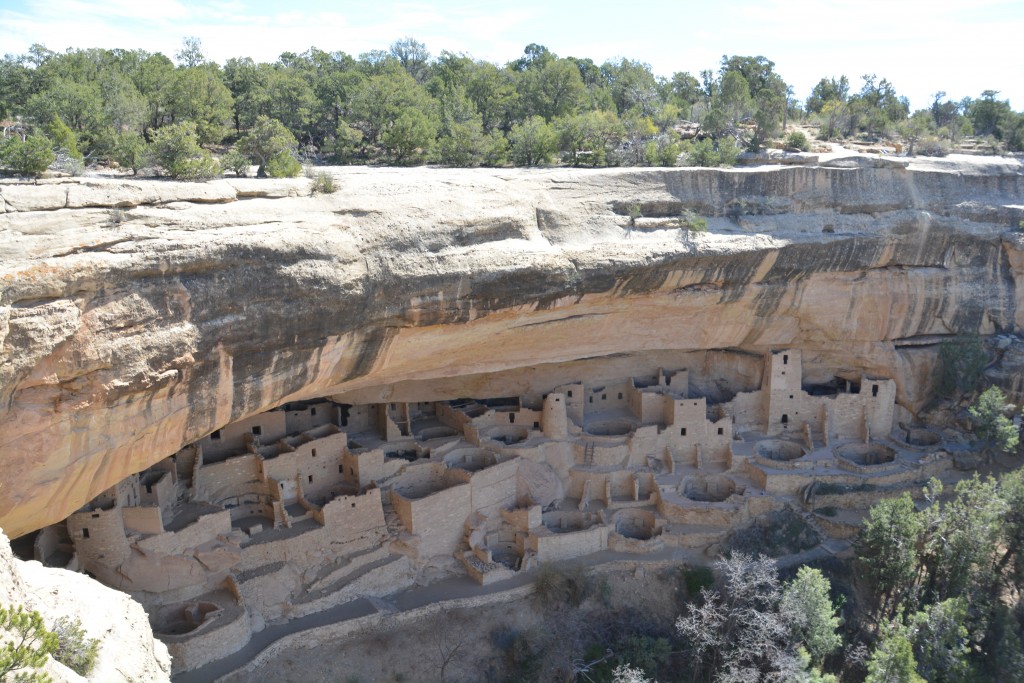
Probably the most famous of the cliff dwellings, Cliff Palace, was once home to more than 100 people
Julie and I spent a cold winter’s morning and a warming afternoon exploring these ruins, going for walks for choice vantage points, exploring every lookout, ruin and cave that we could. The short walks through stunted Utah Juniper and Pinon Pine trees gave us a chance to walk amongst their mud and brick buildings above ground and view their stunning cliff dwellings at Cliff Palace, Spruce Tree House and Balcony House and others, really special stuff.
The disadvantage of travelling in winter, besides the inescapable cold, is that there were no tours on and one of the roads was still closed due to snow. The advantage is that there were very few people there and on many occasions we enjoyed stunning views of these cliff dwellings without a soul in sight.
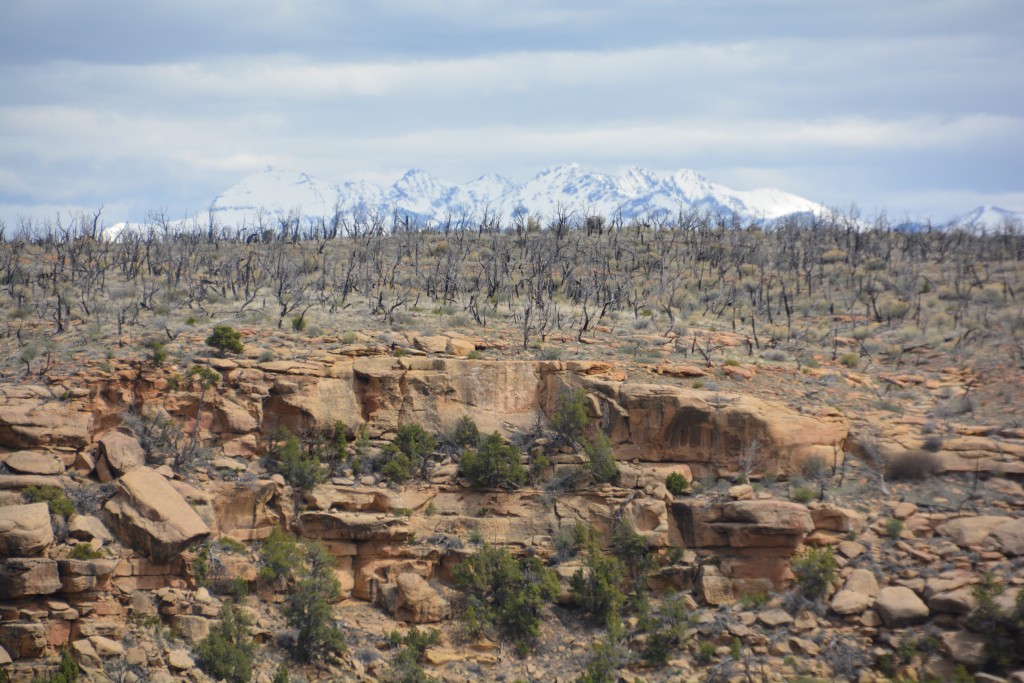
We enjoyed this scene – the top of the valley’s escarpment wall, the burned out desert from a recent fire and the snow capped mountains in the back
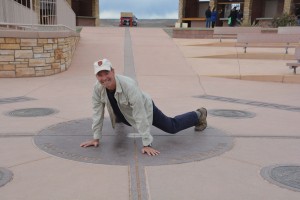
The only place in America where you can be in four states at once – a childish act I previously did when I was 10 years old
We then decided rather irrationally to backtrack through the town of Cortez, which we had passed through the previous evening, and visit the quirky site of Four Corners Monument where the four states of Arizona, Utah, Colorado and New Mexico all meet at right angles. This site is out in the middle of nowhere and run by the Navajo nation. It’s a bit scrappy with a dirt carpark and temporary toilets but we posed for the obligatory photos and had a laugh with the others who were doing the same. When in the neighbourhood, why not?
Then on a spur of the moment decision we headed into southern Utah to the Hovenweep National Monument and found a campsite in a stunning desert setting that during the evening featured rain, biting cold wind, spectacular double rainbows, foreboding dark skies and almost certain apocalypse. We were camping in the desert in winter at high altitude so we deserve what we get.
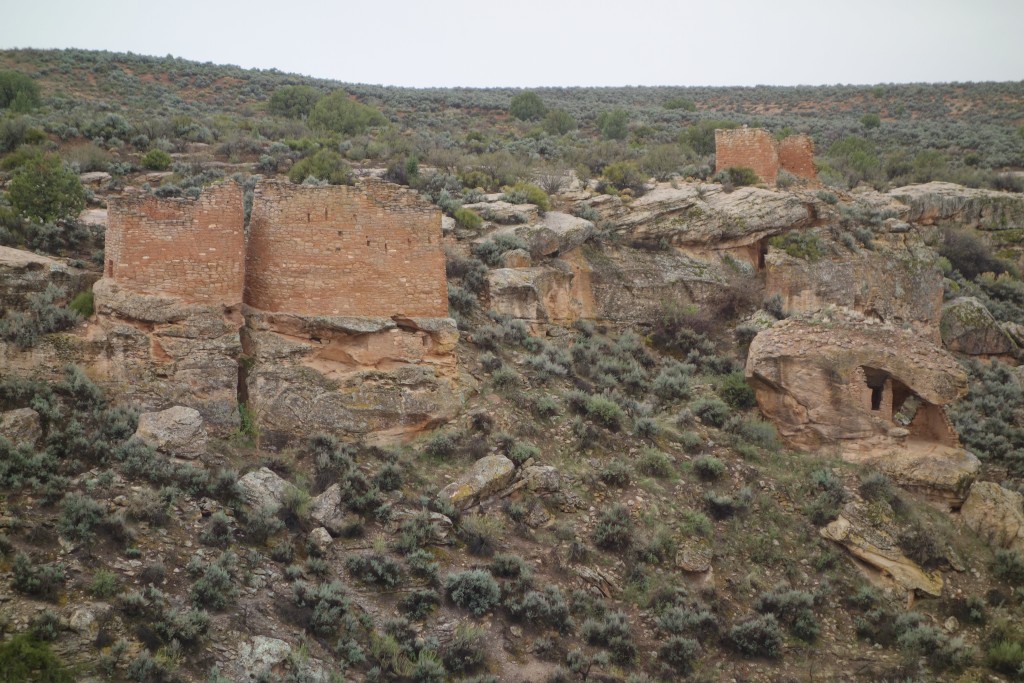
Hovenweep had some very cool ruins from over 1,000 years ago – including people who preferred to build towers
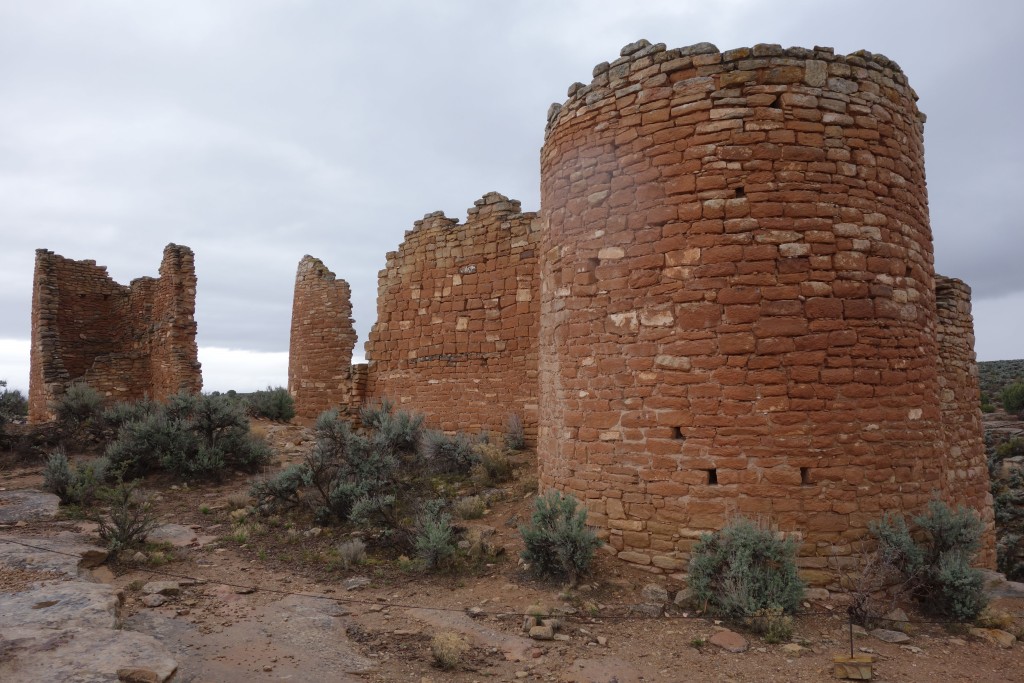
More towers and round walls – significant architectural structures for people without medal, without beasts of burden and without the wheel
The next morning we explored by foot the main ruins of this site, more ancestral Puebloans who settled here about 1,000 years ago and built handsome stone structures along the edges of a dramatic canyon. We then headed back into Colorado and towards Cortez (again) when suddenly my onboard computer told me our left rear tire was low on pressure. As we slowed down the computer told me (don’t you love computers!) the pressure was dropping fast – unbelievably we had a flat tire!
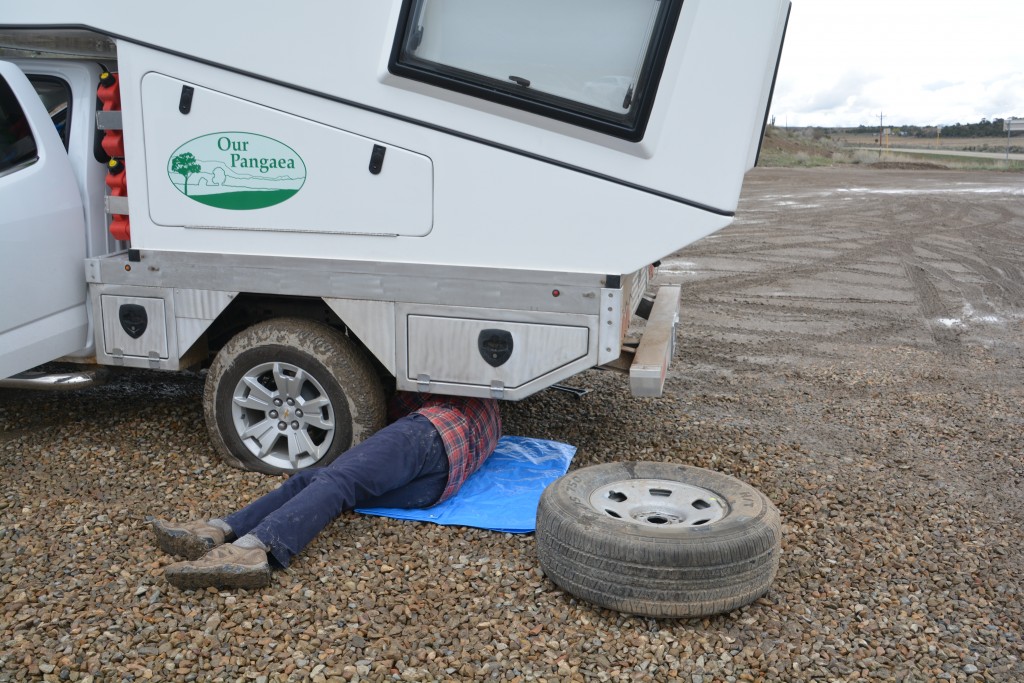
This is not good. Only 3,000 miles on the tires and I’m already underneath trying to position a jack I’m not sure will carry the weight
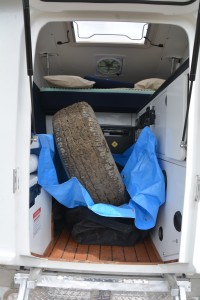
This didn’t work. We toyed with the idea of hauling the flat in the back but it was too big and muddy
We had just passed through some fields with fresh snow from the night before and managed to pull into a local service station where I was able to park Tramp on some wet cold gravel and do what everyone hates to do – change a tire. We had some special challenges, besides the cold and the wind we soon learned that removing the spare tire from under the rear was much more difficult with the customised tray and bumper that Tramp now sports. I was also worried about whether the jack that was provided for the Colorado would be strong enough to lift both truck and camper.
Over the course of the next two hours we learned to get the tire off under the custom bed, the jack was strong enough (phew) and that rolling around in the cold muddy gravel is not fun. But with the job done we limped into Cortez and also learned that the tire was unfixable and these exact tires are not available in town – they would need to be ordered.
Finally, some good fortune, we met a guy who had three exact tires in his garage which he had taken off his wife’s Colorado and he was happy to sell two of them to me dirt cheap. We jumped at this chance, closed the deal, agreed to meet the next morning for the transaction and to get them installed and then headed out of Cortez (again) to our campsite at Mesa Verde that we used two nights ago. It was a very cold windy night camping again at 7,000 feet but at least we had a plan for fixing our tires the following morning.
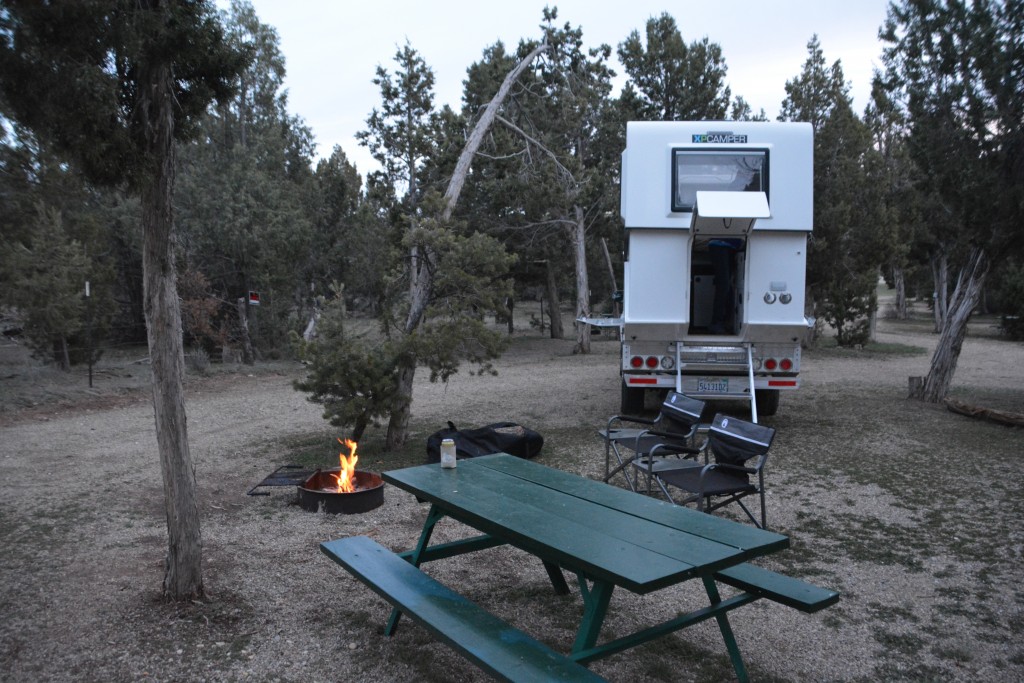
Back to the same campground we had been at two nights before – and hopefully our last night in Cortez
And so it was. We returned to Cortez (again again) the following morning, which was actually the fourth day of having been there, bought two new/used tires literally off the back of a truck, had them installed (throwing away our perfectly good but mismatched spare) and left Cortez for the last time. It had served us well, we had got lucky to find someone who would sell us a pair of our exact (and somewhat unusual sized) tires, we did some shopping and clothing repairs, had our first restaurant meal and dragged Main Street so many times people started to wave at us. Parting was sweet sorrow.

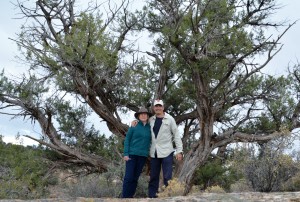
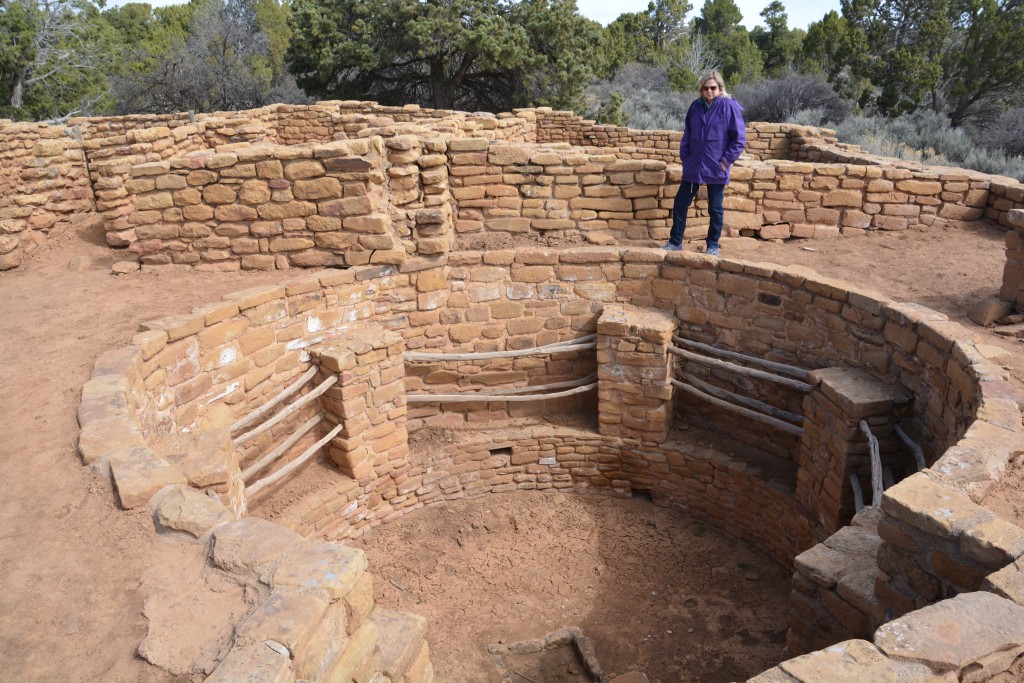
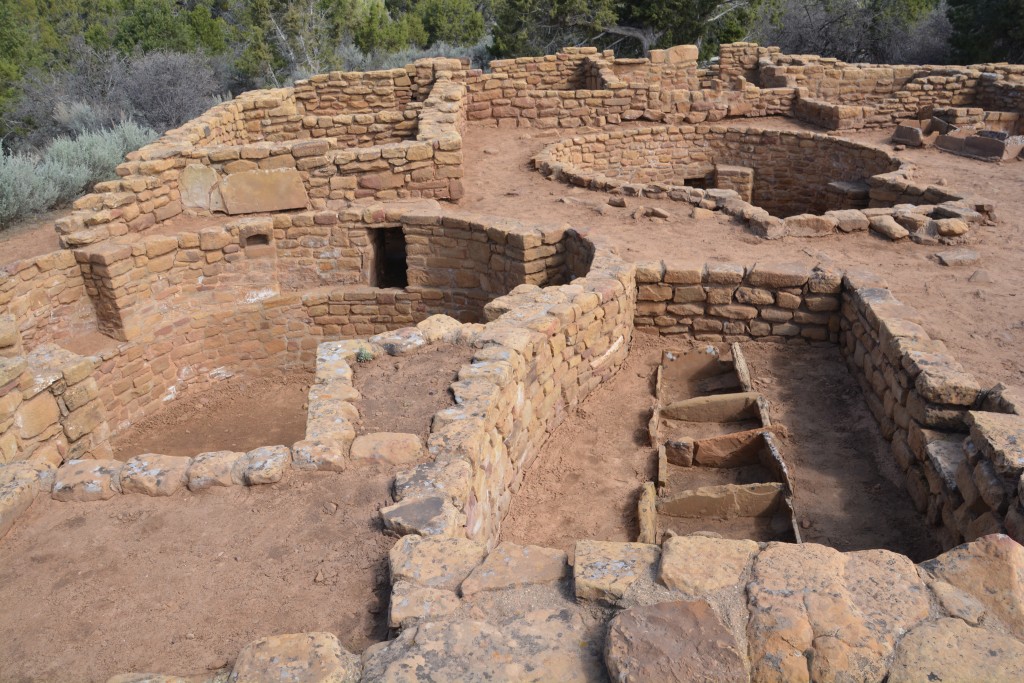
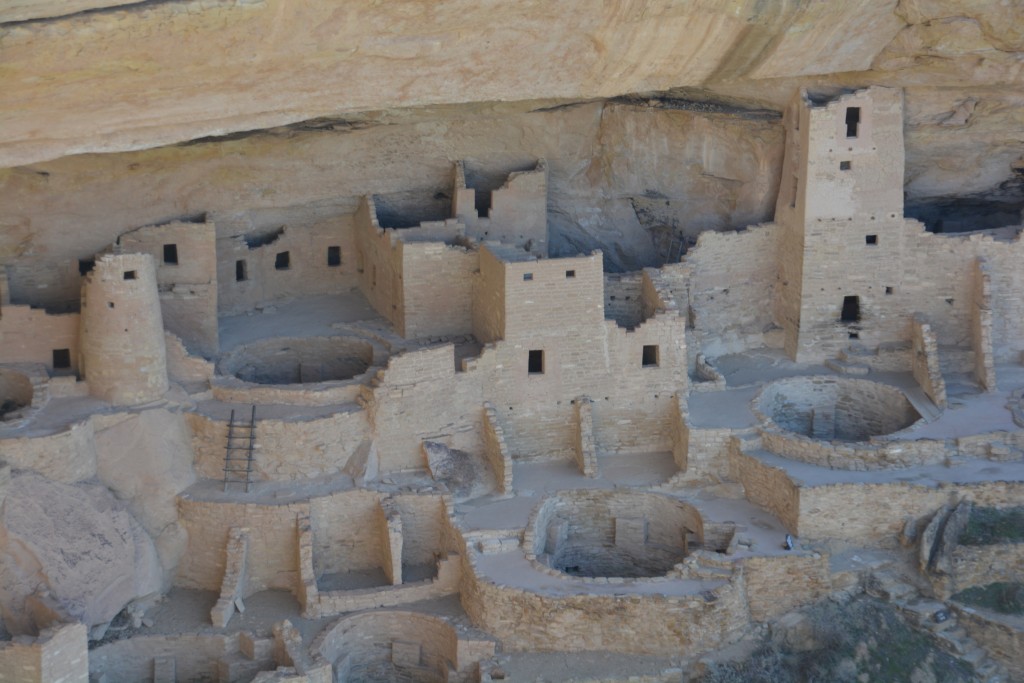
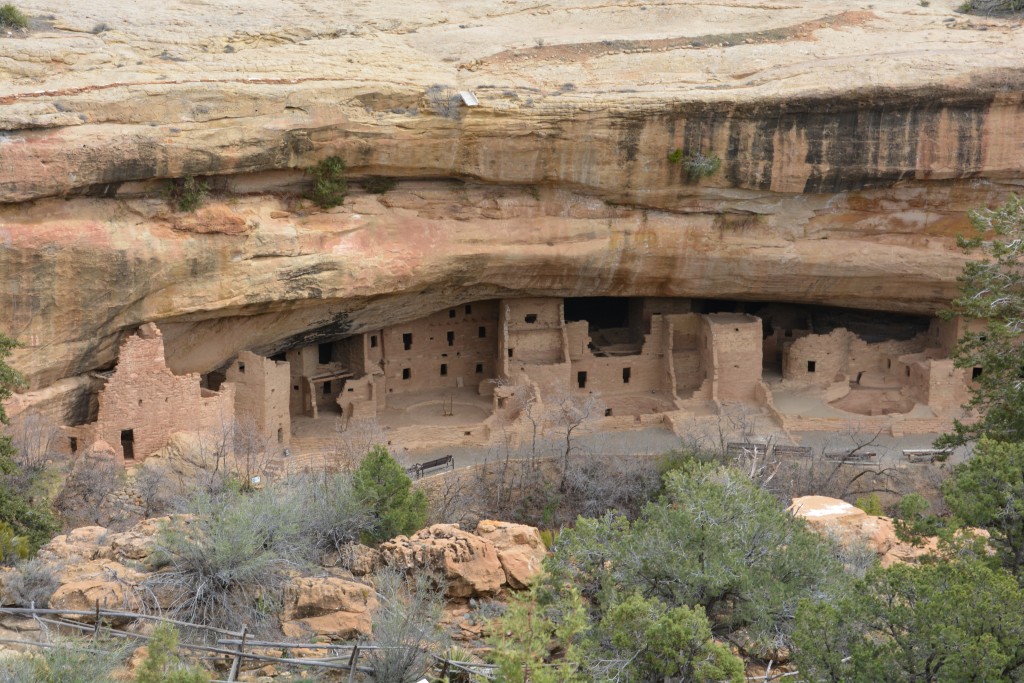
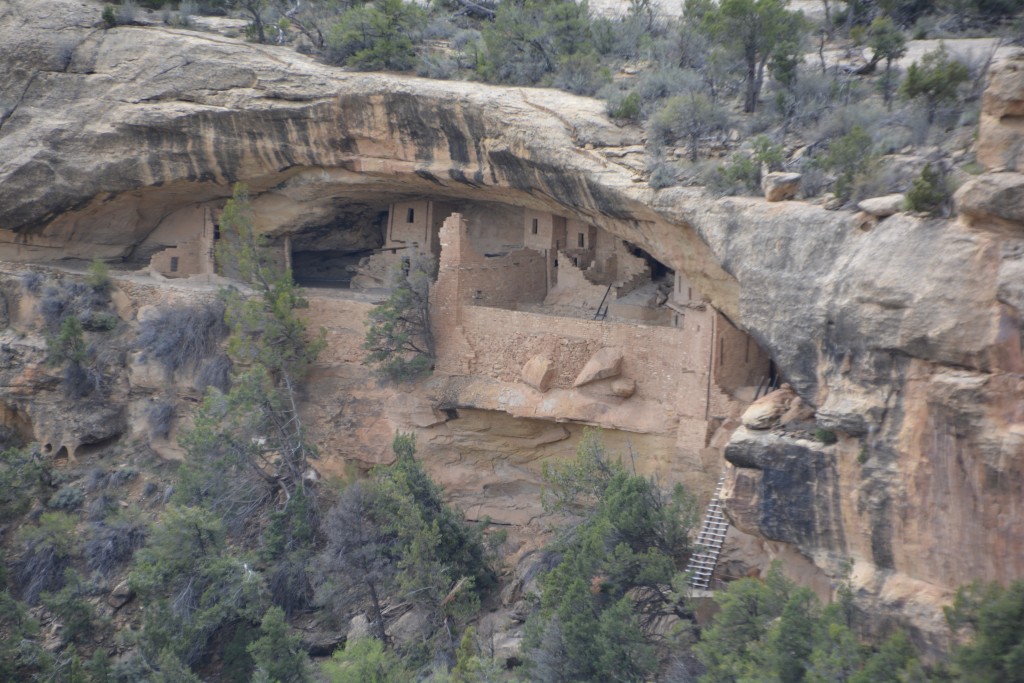
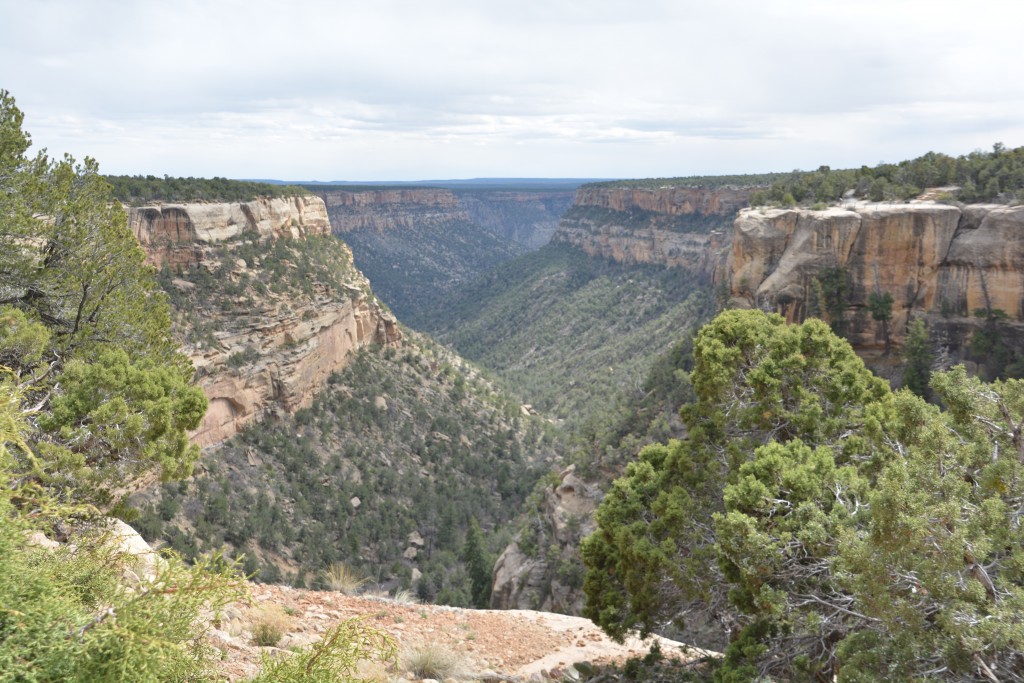
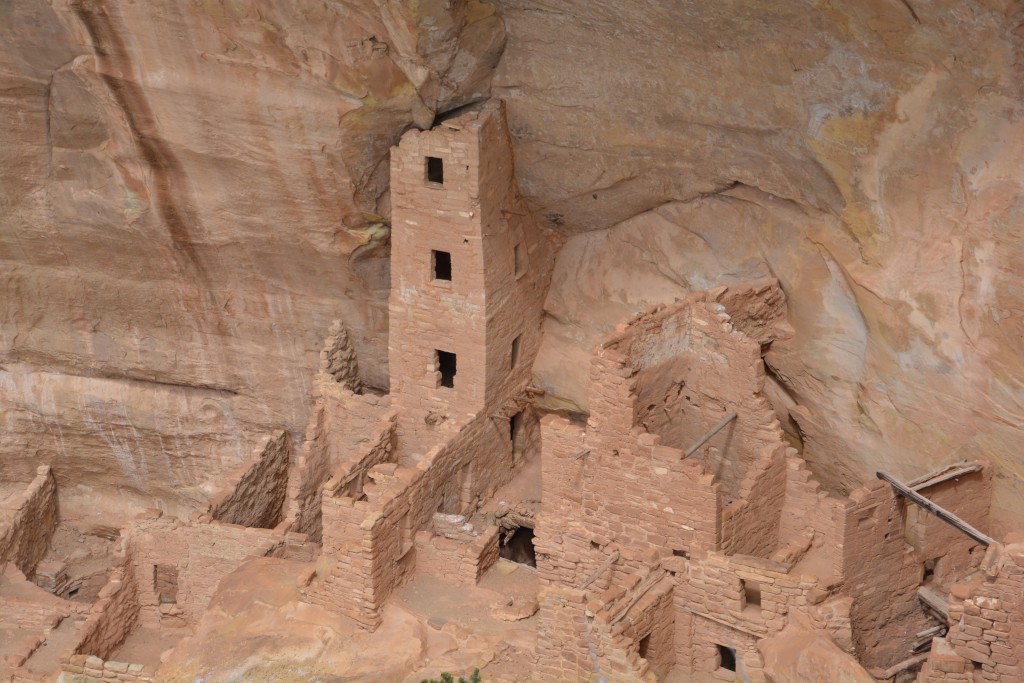
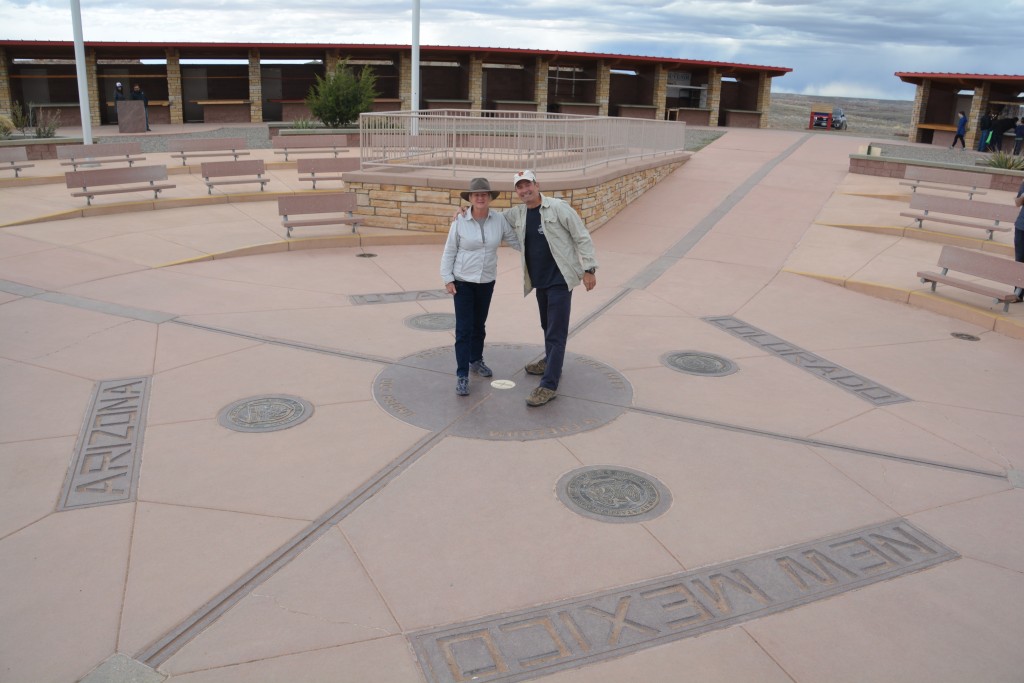
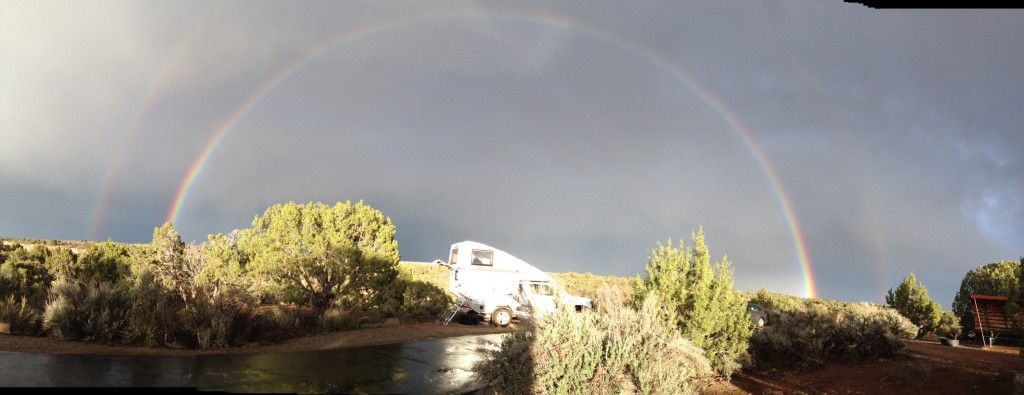
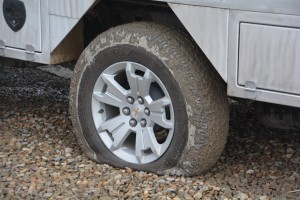
I’d like to comment but don’t know where to start. As long as you have good fortune along with the bad the adventure continues. Your photos are spectacular!
Thanks Linda, we appreciate the support. We’ve certainly had some fun…and adventure too!
Take care, Bill